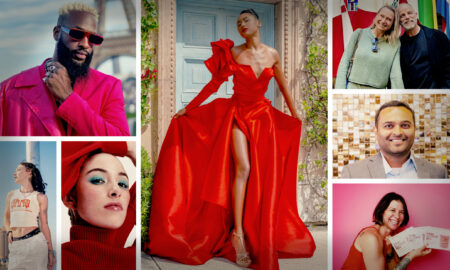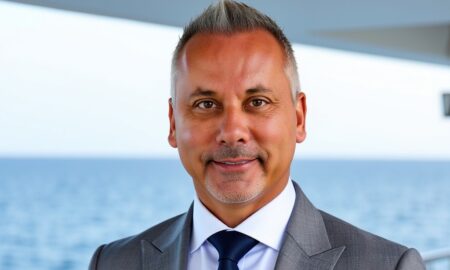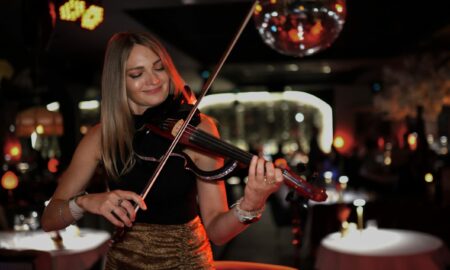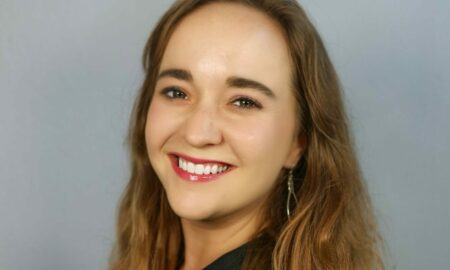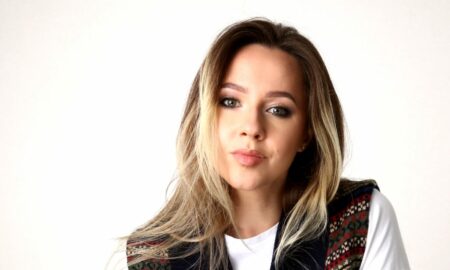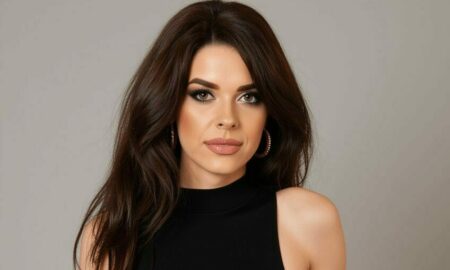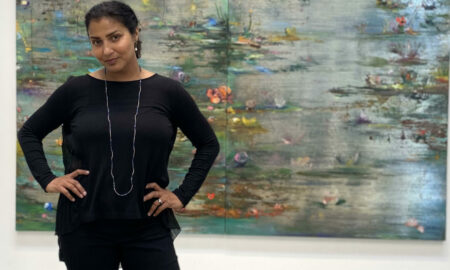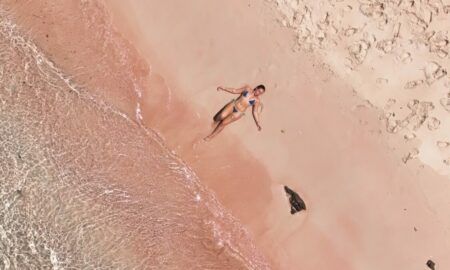

Today we’d like to introduce you to Yeu “Q” Nguyen.
Hi Q, it’s an honor to have you on the platform. Thanks for taking the time to share your story with us – to start maybe you can share some of your backstory with our readers?
Some grew up knowing they want to be artists. I did not. I grew up in the late 80s of post-war Saigon. My parents divorced when I was very young. My mother worked all the time to support us, so I was mainly raised by woman relatives and helpful neighbors. At school, I often got teased for having “a lot of mommies but no father,” so I started doodling on my desk to distract myself from the taunting. Soon kids began crowding over my desk, and I started making friends by making art. That’s how it began.
When I was 15, my mom and I immigrated to the US. We moved six times within our first year, and my life started deviating away from arts. It took tears before I came back to it. I did not exhibit my artworks professionally until June 2018, but things happened pretty quickly after that. Later in the same year, I got accepted into my first museum group show at the Autry’s Southwest Museum and joined the USC Pacific Asia Museum as a teaching artist. I got involved with producing arts programming in North East LA, soon receiving invites and grants to develop public exhibition programs and work on my own projects. Thinking back, I’m incredibly grateful to this long “detour” period where I got to fail, grow, learn valuable skills and life lessons that would later fuel my artistic career.
We all face challenges, but looking back would you describe it as a relatively smooth road?
I didn’t set foot in an art gallery until college, so I pretty much started at ground zero. Earlier on, I got caught in a cycle of comparing myself to others and feeling depressed. It can be discouraging to hear how the odds are stacked against your dreams, so I think the first hurdle to working as an artist is to believe that it is possible.
The next hurdle is to find your own career path. There are many ways to be an artist, and people love telling you about the system and how to work it. Sometimes the information is helpful, sometimes it’s a trap. You can quickly lose yourself if you blindly follow trends or practices that are either inauthentic to you or incompatible with what you want. I know this intimately. I’m a Vietnamese immigrant who has tried my entire life to fit in and prove myself worthy.
Sometimes I still feel like I don’t belong. Sometimes I still need to remind myself of who I am and the challenges I had overcome to get to where I am today. This gives me confidence in myself, so I don’t get intimidated or discouraged easily.
Can you tell our readers more about what you do and what you think sets you apart from others?
I’m generally known for my immersive light arts and interactive public installations, but I’ve never categorized my own practice one way or another. I’ve used glass, wood, resin, even office tape to create artworks. Some need to be tough enough to withstand stormy weather but remain light enough to pick up in one hand. Engineering challenges like that delight me. I’m a very curious person, and I love solving problems. Perhaps that’s why my works often address tangible issues I’ve observed in my life or in society.
I recently completed a seven-feet by twelve-feet interactive installation in Highland Park, where the local community can use written tags to share what hope means to them. We collected more than a hundred responses at the end of the 4-week exhibition, and I’m working on bringing the project to different cities in LA County and across the country. My goal is to collect a million messages of hope and create an immersive large-scale public art installation from them. I think the project’s mission will resonate with a lot of people. For me, this is art. I get to experience you as much as you experience me. Without pretense, without armor, without judgment. The artwork is a channel to link our common humanity.
How do you define success?
I started making art to connect with my classmates, so that definitely influences how I benchmark success: how many lives have I touched with my work? My first project was a series of three life-sized sculptures modeled by #metoo survivors. After the project concluded, these women told me they felt empowered to take up more space in their own life. Three is a very modest number to measure my success, but everyone starts somewhere. Plus, it feels good to make a positive impact in someone else’s life.
I think that feeling got me into producing and teaching art on top of making it. I’m a tiny woman, but I like working big and working with impact. That’s why I’m so proud of my recent project at La Culebra art park, of both the hope installation and the accompanying exhibition program. Together with my sponsors, we gave access to high-quality arts at no cost to hundreds of community members, providing exposure and paid opportunities to over twenty-three local creatives. I came a long way from my initial benchmark of three, and I’m only just getting started.
Contact Info:
- Email: [email protected]
- Website: www.yeuqart.com
- Instagram: yeuqnguyen
- Facebook: yeuqnguyen







